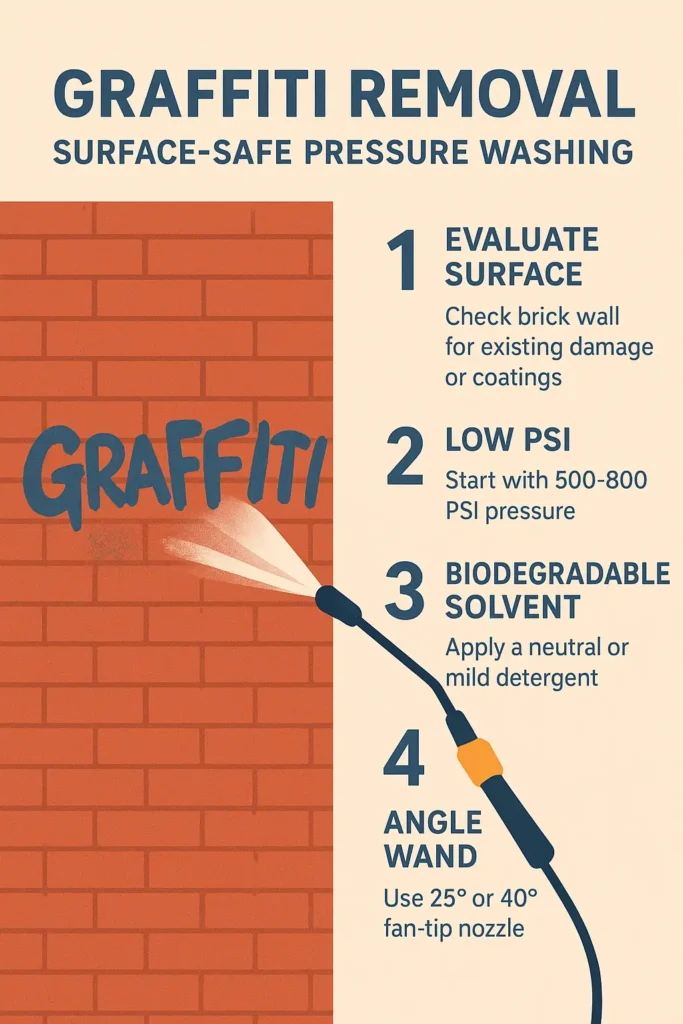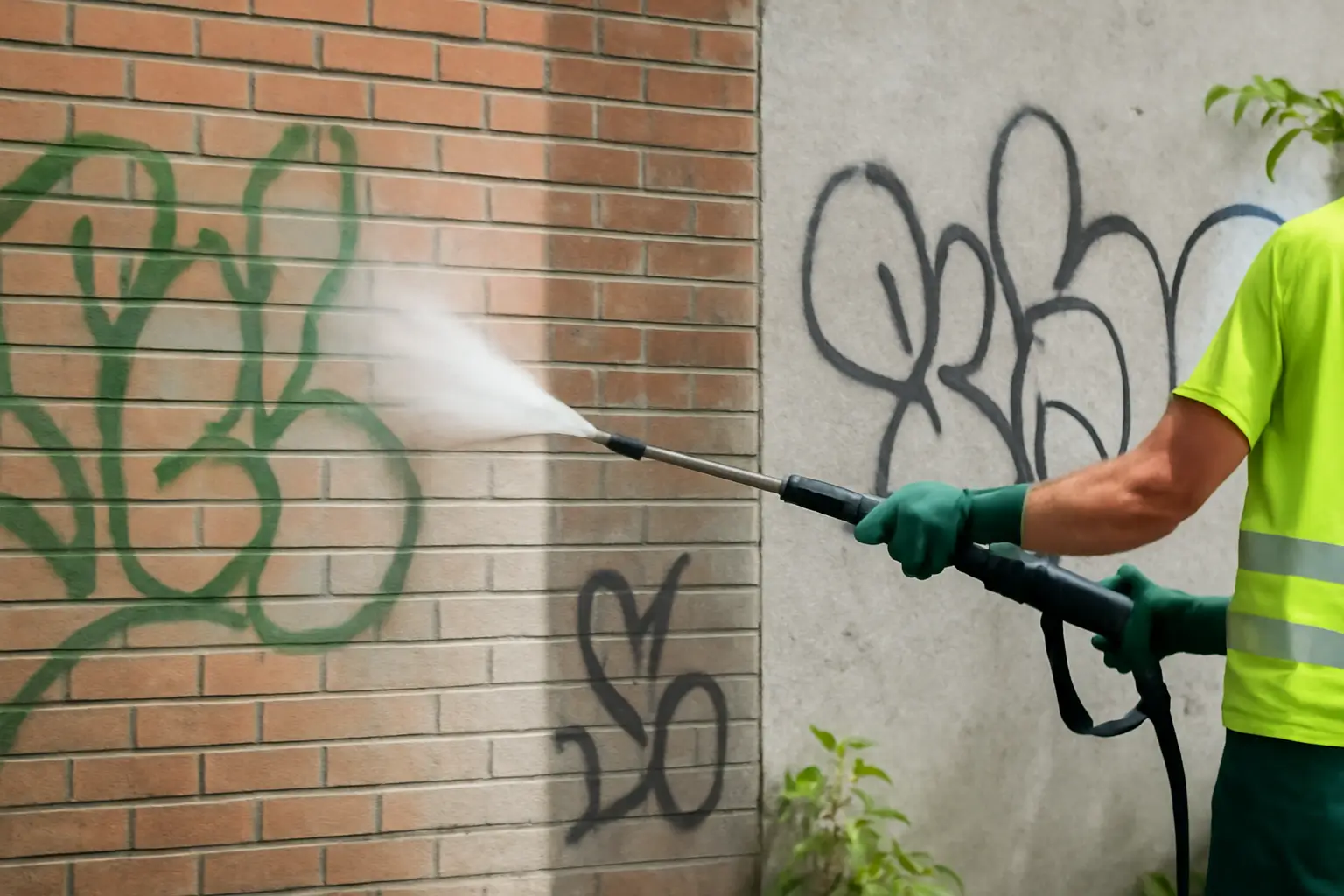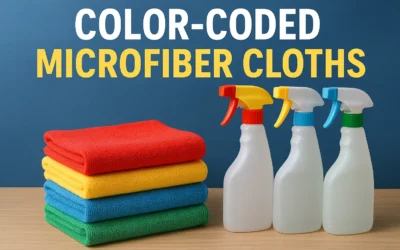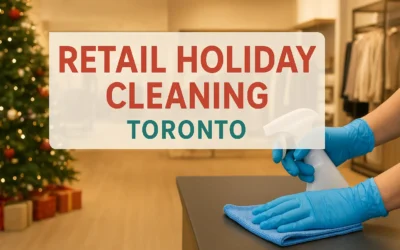Graffiti might be considered urban art in some circles, but when it appears on your brick walls or concrete driveways uninvited, it can quickly shift from an expression to an eyesore. Yet, graffiti removal from porous masonry surfaces like brick and concrete is no simple task. Done improperly, it can lead to etching, discoloration, or even structural damage.
This guide explores the safest, most effective methods for removing graffiti without damaging the surface beneath. From pressure levels to chemical solvents, and eco-conscious techniques to professional services, we’ll break down everything you need to know for graffiti removal that protects your property and the environment.
Understanding Porous Surfaces: Why Brick and Concrete Need Special Treatment
Brick and concrete are inherently porous. Their tiny capillaries absorb paint, making graffiti removal more complex than on smoother, sealed surfaces. Applying high PSI or harsh solvents without proper knowledge can:
- Etch or scar the surface permanently
- Weaken brick mortar or concrete joints
- Cause efflorescence from water infiltration
- Create uneven discoloration or staining
That’s why a tailored, low-impact approach is essential.
How to Safely Remove Graffiti with Pressure Washing: A Surface-Specific Approach
Step 1 – Surface Evaluation
Examine the masonry for existing coatings, surface damage, or signs of historic preservation. This determines the safest combination of PSI, nozzle angle, and detergent.
Step 2 – Start with Low PSI
Begin cleaning at 500–800 PSI. Gradually increase only if necessary. Avoid going above 1500 PSI on masonry surfaces.

Step 3 – Apply a Biodegradable Graffiti Remover
Choose a masonry-safe solvent with a neutral or mildly alkaline pH. Let it dwell for 10–15 minutes to break down the paint’s bond with the substrate.
Step 4 – Use Hot Water Wisely
For stubborn paint, hot water (around 180°F) can boost removal efficiency. Be cautious with aged or heritage bricks to avoid thermal shock.
Step 5 – Angle and Nozzle Control
Use a 25° or 40° fan-tip nozzle, keeping the wand at a 45° angle. This disperses pressure and avoids gouging.
Step 6 – Rinse, Reapply, Repeat
Rinse with clean water between passes. If graffiti persists, reapply solvent and use a soft-bristle masonry brush before a second wash.
Sustainable Graffiti Removal: Eco-Safe Cleaners and Waste Management
Using VOC-compliant, non-toxic graffiti removers protects not only the wall but also surrounding soil and storm drains. Look for products labeled:
- Biodegradable
- Low odor
- Safe for masonry and stone
Collect rinse water using vacuum recovery systems where possible to reduce environmental impact.
Professional-Grade Graffiti Removal: Why Expertise Matters
DIY power-washing can do more harm than good if mishandled. Hiring professionals ensures:
- Proper PSI calibration and equipment
- Knowledge of substrate-specific cleaning techniques
- Optional post-cleaning masonry sealing
- Compliance with local runoff and waste disposal regulations
Some service providers also apply anti-graffiti coatings that make future cleanup faster and less abrasive.
Post-Cleaning Surface Protection: Sealants and Coatings
Once the graffiti is removed, applying a breathable, water-repellent sealer helps prevent future paint penetration. Types of coatings include:
- Sacrificial Coatings: Wash away with graffiti, requiring reapplication
- Permanent Coatings: Allow multiple cleanings before re-treatment
This step is essential for long-term masonry preservation.
Frequently Asked Questions About Graffiti Removal
What is the cost of removing graffiti?
Graffiti removal can cost anywhere from $100 to $1,500 depending on surface size, paint type, and method used. Professional services may charge per square foot or hourly.
How much does it cost to remove graffiti?
On average, it costs $3 to $10 per square foot. The cost can be lower for flat, easy-to-clean surfaces and higher for textured or porous materials.
Can I remove graffiti myself?
Yes, but it requires care. Use low-pressure washing, masonry-safe removers, and follow safety guidelines. DIY is best for small, fresh tags.
Does Magic Eraser remove graffiti?
Magic Erasers may work on smooth surfaces like metal or glass, but are ineffective on rough or porous materials like brick or concrete.
Does Home Depot sell graffiti remover?
Yes, stores like Home Depot carry a variety of graffiti removal products, including biodegradable options safe for masonry and concrete.
How long does graffiti removal take?
It can take anywhere from 30 minutes to several hours depending on paint type, surface condition, and cleaning method used.
Why is graffiti so hard to remove?
Graffiti paint penetrates porous materials deeply, making it resistant to basic cleaning. Some pigments also bind tightly to surfaces, requiring chemical and pressure combinations.
Can laser cleaning remove graffiti?
Laser removal is effective but expensive. It’s typically used on historic buildings where abrasive or chemical methods are too risky.
Can nail polish remover remove graffiti?
Acetone (nail polish remover) may work on small tags on non-porous surfaces, but it’s too harsh and ineffective for brick or concrete.
How do professionals remove graffiti?
Professionals use a combination of low-pressure washing, masonry-safe solvents, hot water, and protective coatings to remove graffiti safely and efficiently.
Is removing graffiti legal?
Yes, removing graffiti from your own property or with the owner’s consent is legal. In fact, many cities encourage prompt removal.
Can graffiti be erased?
Graffiti can be erased using chemical removers, pressure washing, or sandblasting, but the method must suit the surface to avoid damage.
Is graffiti removal profitable?
Yes, graffiti removal can be a profitable business, especially in urban areas with recurring vandalism. Success depends on service quality, pricing, and market demand.
Conclusion:
Effective graffiti removal isn’t about blasting away the problem—it’s about preserving the integrity of your surface while restoring its appearance. By using low-PSI pressure washing, masonry-safe cleaners, and sustainable techniques, you can safely remove graffiti without leaving scars. Whether you choose the DIY route with care or hire a trained professional, remember: preserving your wall is just as important as cleaning it.
Want to protect your property long-term? Explore our Special Services for lasting protection against graffiti and weathering.





